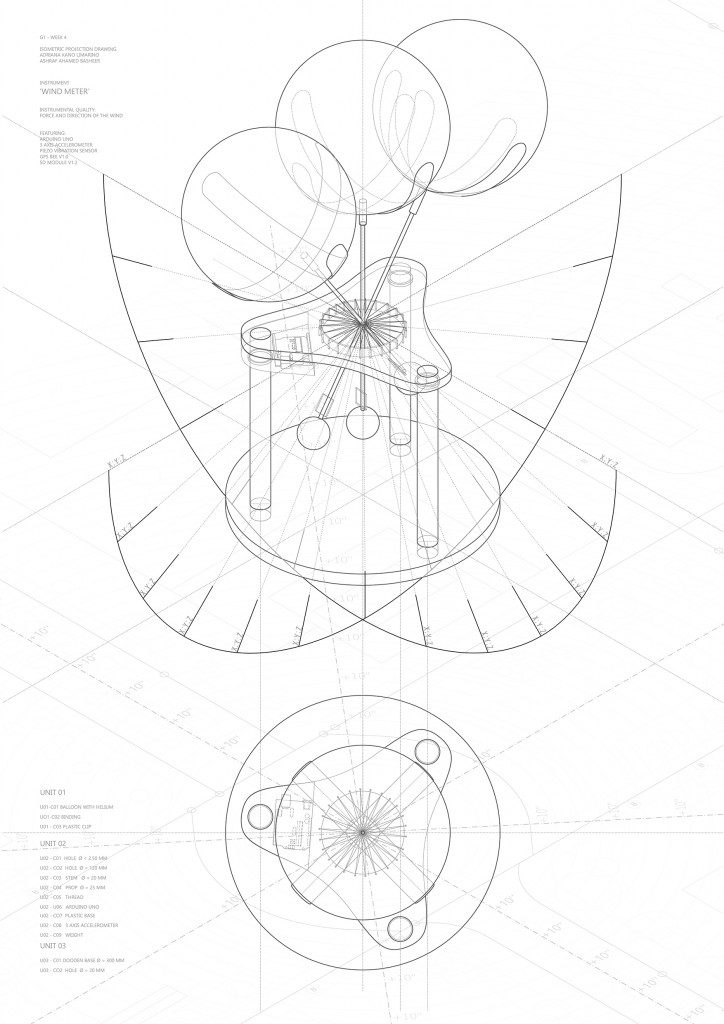INVISIBLE TONS
Martín García-Miró Lars Erik Elseth Adriana Cano Limarino Ashraf Ahamed Basheer Marc Bou Assaf Hari Krishna Gundu MASTER IN ADVANCED ARCHITECTURE IS.1 -G1- INTRODUCTORY STUDIO MACHINIC PROTOCOLS 2017/2018 TUTORS: EDOUARD CABAY & RODRIGO AGUIRRE [Project Overview] Invisible Tons projects a future with a new groundplane for collecting, composting and cultivating in the soon to be car-free neighbourhood of Villa Olympica. The project seeks to use remote sensoring sytems to operate continiously between consumer waste and crop-growth.L O C A T I O N: Villa Olympica It exists less than 2km away from the centre of Barcelona. It is a former industrial area in the district of Sant Marti. After being heavily upgraded ahead of the Olympic Games in 92 - it separated itself from the rest of the Sant Marti area. - Today our site has large amounts of recreational area. It is a quiet neighbourhood. - It is well connected with the rest of the city trough the L4 metro line and Av. D’Icaria (major arterial road) - It has seaside 9335 people lives on our site. One person produces around 477 kg of waste every year (Theses are statistics from the EU, 2015*, updated biannually) This means that waste in Vila Olympica reaches 4452 tons every year. However, we don’t see this. It is transported to a landfill somewhere outside the bounds of the precinct. What exactly do we see? Roads and footpaths makes up 13 acres, while parkland is spread distributed across 12 acres of land. Main flow of people is coming from the metro and heading towards the promenade. This frees up 25 acres of land for future intervention. [Data collection] Instruments for measuring site values.
W I N D M E T E R T R A S H M E T E R [wind_speed/wind_direction/wind_strength] [trash_levels.pr.m3]
M A P S
[Current waste levels]
Instrument: Trash Fields
Medium: Public trash bins Medium:Crop growth + Cyclus Medium: Crops + Waste Period: Wednesday 09.00 to 21:00 Period: 365 days Period: 10 to 20 years Unit: m3 Units: % of cultivation lands Units: m3 / % of cultivation lands


Notes: Maps are showing location of trash bins, levels of trash in m3, ecologies of species. Prior to the animation, we constructed a 3D-representation of the waste. We then carefully started to understand this as a conventional landscape/land survey map. Which sets up the question: If this is the amount of waste in our city, why do we not see it? What would it be like to traverse in such a landscape?
R E S E A R C H [Geographical conditions] One of the biggest challenges when trying to grow in a coastal environment is the salt level in soil. Most plants have little tolerance to high levels of salt. The sodium draws moisture out of the plant and it can burn roots. However, it is possible to have a lush, productive veggie garden by sea if you choose tolerant varieties and amend your soil with plenty of organic matter. Salt tolerant plants: (temp./grow_time) Spinach (-6 to 29C)/42 days Beets (4to30C)/ 45 to 65 days Kale (6 to 29C)/ 45 to 75 days Asparagus (15 to 29C) Between 365 to 730 days *capable of production up to 20 years
[Pneumatic system] Pneumatic waste collection is available in a number of waste points or bins in the city today. It’s a centralized system; all bins are connected to a suction point by a network of underground pipes. Pneumatic systems enables transportation of waste at any time, as it does not require a lawman to function it. Causing the circulation of waste to transformation to work continuously and seamless. Residents put waste into outdoor and indoor units; each unit takes a certain kind of waste (organic, mixed or paper). The waste is then passed down into the valve room. The valve room controls the flow of waste using a pneumatic linear actuator which can be electronically switched on or off by operators in the control room. The problem with this system that was created in the 70s today is maintenance. The system is extensive and connects large distances. But what if trash doesn't have to travel anymore? By introducing sensoring systems that collects and reports the waste that inhabitants are producing, call it depositing if you want, will be uniuqe and characteristic for the various communities. These will lead to plant growth, landscapes, furthermore surrondings shaped by our social patterns and behaviour. How exactly would you experience such a district?
*Seed dropper device, initally developed as a mechanism to deposit seeds, but later understood as a waste deposit system/transformation plant placed in various locations within the site. I N V I S I B L E T O N S [Short Film]
[Images]
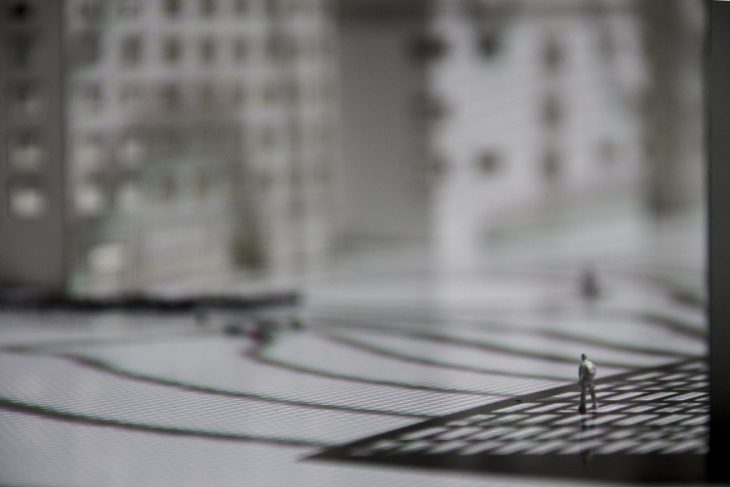

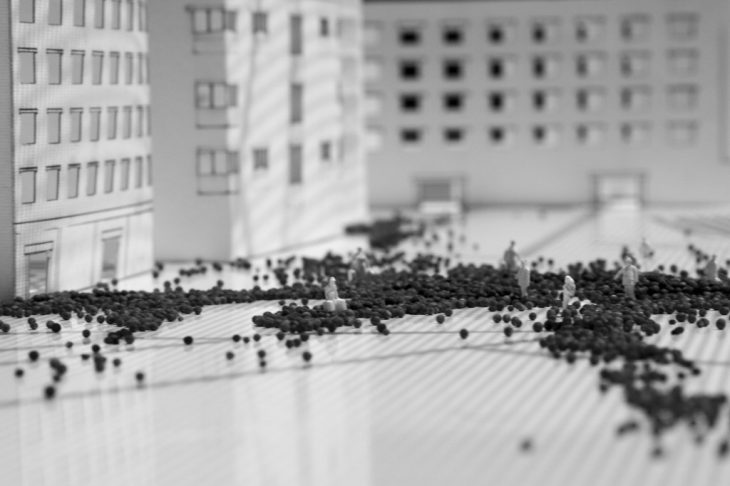
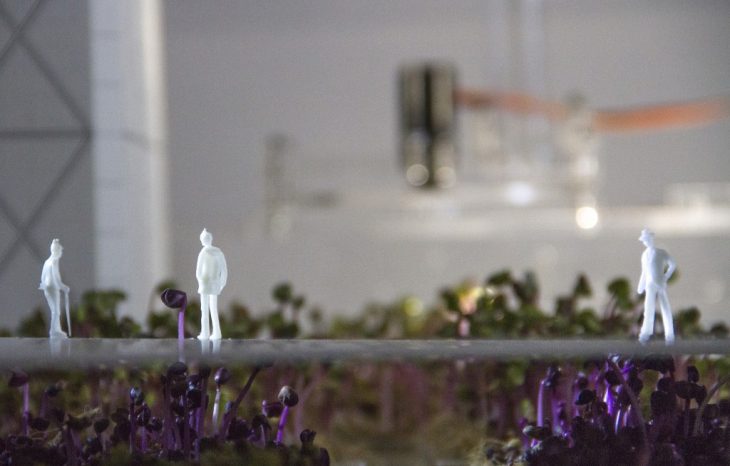
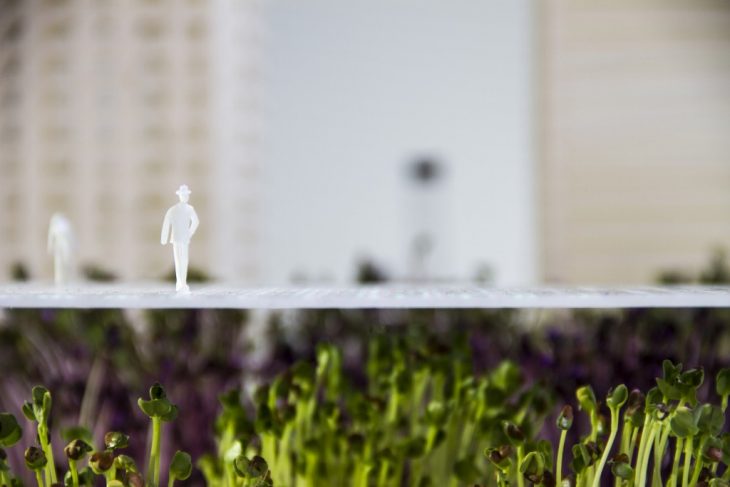
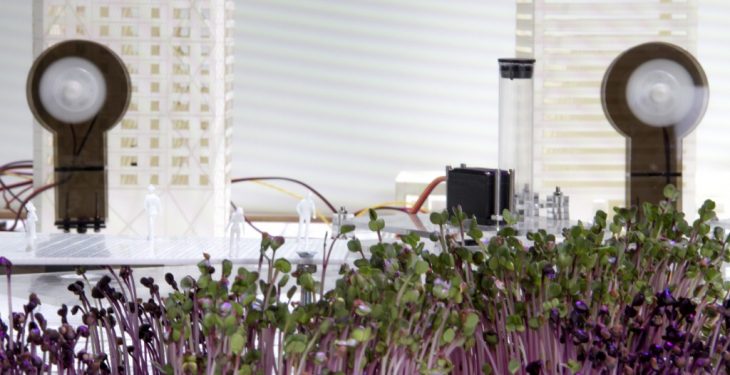
S U M M A R Y
We have set up a system that would collect, arrange and transform waste. A system that reconnects the users with their consumption. Through constructing a new ground plane we can re imagine how the walking surface of our cities, goes from being in a constant, more or less stable form to becoming a controlled, shifting plane - informed by governing social patterns. Invisible Tons visits the idea of a producing city where the ground is not only activated, but continuously driven by a feedback between what is consumed and deposited [waste levels pr area] and what is growing [crop grow rate + nurturing]. By placing sensors within the growing city, we can give valuable information to the locals about quantity of soil being produced, soil condition and relevant maintenance communication. The project recognizes behavior patterns, which are informing the way waste circulates the site. Monitoring and transforming these variables in order to create fields for growing plants, vegetables etc. is something that not only is possible in Barcelona, but could be applied to other places around the world, if approached in a site specific manner. Cities today are running out of space. We needs to start incorporating planning for agricultural, urban systems. For decay and growth. Controlled, but open landscapes. We envision this project as a start. By setting up a framework of sensor devices we can invite people to interact, nurture and respond to their local gardens. We believe that agriculture in an urban settings is not simply agriculture on a reduced scale, but it contains many complex variables - which makes the idea of growing in relation to urban occupancy something incredibly open, unexplored and exciting.*Diagram of systemic model showing the recursive nature of consumer waste to vegetation.

